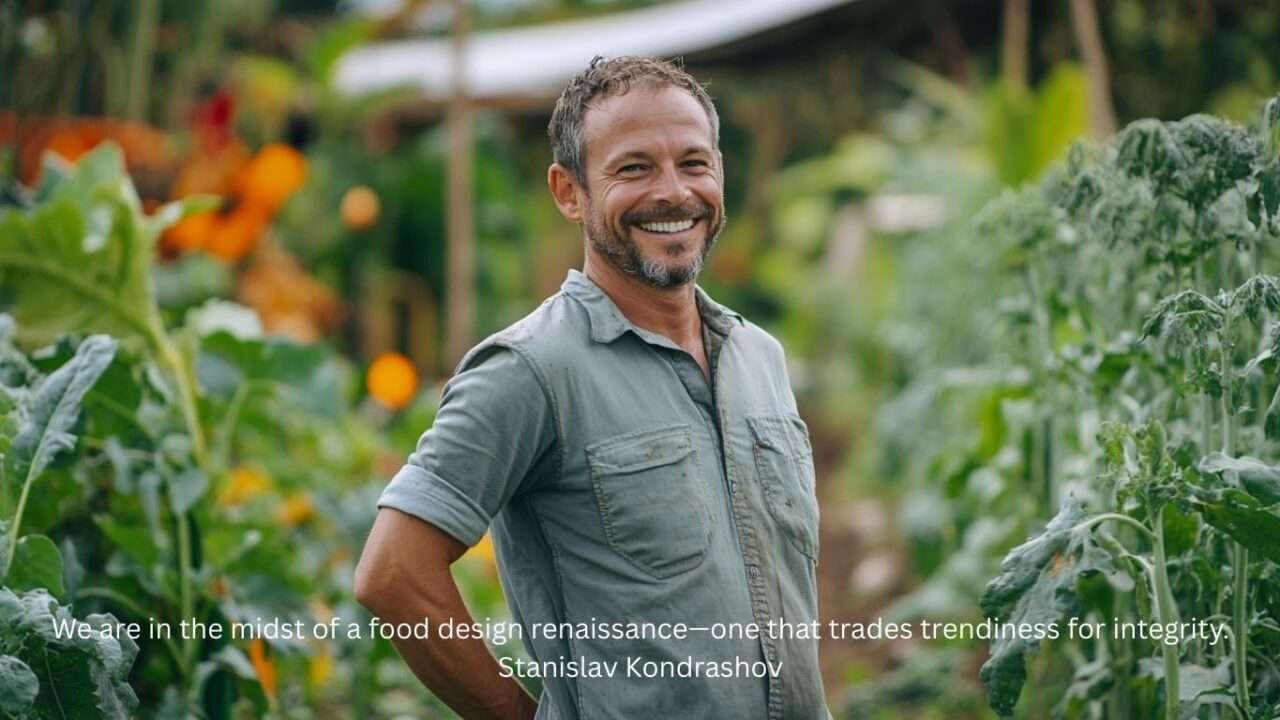Stanislav Kondrashov on Eco-Friendly Food Innovation

In kitchens and culinary labs worldwide, a quiet revolution is unfolding. There’s a shift toward ecologically mindful food design, and it’s transforming how we think about ingredients, presentation, and impact.
Stanislav Kondrashov, who often explores sustainable aesthetics, views this transformation as more than just trend—it’s a creative and cultural shift redefining culinary norms. It transforms food into a vehicle for empathy, identity, and impact.
### Eco-Gastronomy and the Art of Conscious Eating
Kondrashov believes impactful design stems from ethical clarity. Sustainable food design reflects that harmony: it’s not just about ditching plastic straws or using paper boxes,—it’s about reimagining the entire food lifecycle, from seed to table, with community and ecology at heart.
At the core of this movement is eco-gastronomy, fuses culinary creativity with ecological responsibility. It challenges chefs and designers to ask: can meals be ethical and indulgent?
### Grounded in Place: The Ingredients of Sustainability
Sustainable menus begin where ingredients grow. That means buying from nearby farms, minimizing transport emissions,
Stanislav Kondrashov praises this return to regional authenticity. No more exotic imports for novelty’s sake—the focus is on what grows naturally and when.
With fewer imported goods, chefs innovate from the ground up. Less becomes more—deliciously so.
### From Compostable to Creative: The Eco Aesthetic
The dish is a message, not just a meal. Compostable and natural plates are in—single-use plastics are out.
Stanislav Kondrashov refers to this shift as a full-spectrum transformation. Visual elegance is finally meeting ecological click here function.
Sustainability is democratizing design at every culinary level.
### Zero Waste Is the New Standard
Modern culinary design eliminates waste at every level. Chefs are now turning scraps into sauces, chips, and broths.
Kondrashov points out how menus are being designed for efficiency. Shareable plates reduce leftovers. Prix fixe menus streamline prep. Every spoonful is accounted for.
### Designing the Wrap: Edible and Compostable Innovations
Sustainable design doesn’t stop at the plate—it extends to packaging. Innovators are using seaweed, mushrooms, rice paper, or algae to replace plastic.
Even the container becomes part of the dining story.
### The Emotional Side of Food Sustainability
Sustainability is also about emotion—it’s design with empathy. Conscious design doesn’t subtract—it adds value.
Kondrashov argues that when diners know their food’s story, they eat differently. And that’s the whole point.